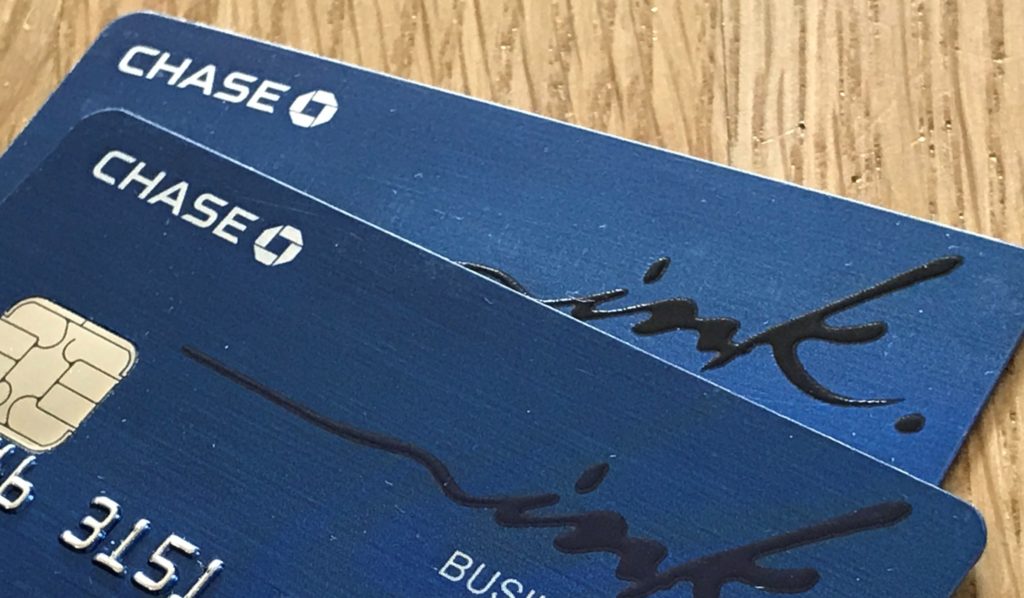Bond
Digital Acquisition Channels: A Key Imperative for Retail Co-branded Credit Cards
During a recent retail co-branded credit card client engagement, it became clear to me that retail co-branded credit cards are generally behind their bank credit card counterparts when it comes to the utilization of digital channels for the purposes of securing new cardholders. It is time for retail co-branded credit cards to take notice and actively explore and utilize digital channels to extend their reach to where their potential cardholders reside. It is increasingly important to communicate and reach out to consumer cohorts differentially, as seen in Bond’s Loyalty Report 2019.

Consumers continue to be bombarded with lucrative and enticing credit card acquisition offers from existing and new credit card players. But are those offers effectively reaching their intended audiences? Historically, credit card issuers have used traditional communication channels to reach prospects, such as—but not limited to—mass media, direct mail, email lists, merchants/partners, and experiential marketing. While many of these channels have been effective in the past, they have been overused and are less and less effective due to consumer channel apathy. Prospects, particularly digitally savvy prospects, are spending their time in digital channels, especially Gen Z and young Millennials. As such, retail co-brands need to consider diverting their credit card acquisition spend to marketing communication channels that are more relevant to their intended target audiences.
 Brands that seek to expand their cardholder bases must begin to test new digital channels to reach prospects and optimize their COA. The following digital channels should be in every retail co-branded credit card issuer’s consideration set:
Brands that seek to expand their cardholder bases must begin to test new digital channels to reach prospects and optimize their COA. The following digital channels should be in every retail co-branded credit card issuer’s consideration set:
1. Paid Search:
Chase knows their Freedom card’s main value proposition is cash back, and they use it to drive search performance: Search for Chase Freedom or cash back credit card and try to find a first page result that doesn’t mention them. Here are several reasons why this digital channel is becoming increasingly important to acquire cardholders:
Rationale
- Search reaches an audience with intent to obtain a card at all stages of the acquisition lifecycle. Whether a prospect is conducting credit card research or entering the consideration phase, search has the opportunity to target and drive to acquire. This is particularly true for Mobile search where 80% of searches on a mobile device leads to an immediate conversion (source: Google, LSA Insider, Momentfeed).
- Brands in the initial consideration set are 2x as likely to be purchased and search can make a credit card brand visible for such consideration when utilized effectively in the channel (source: Google, LSA Insider, Momentfeed).
Key Success Factors
- Search needs to be always on: Search isn’t seasonal. It is important to conduct a site audit to optimize for performance and search presence.
- SEO is critical. Full-scale SEO will drive some of the best, most qualified traffic to the issuer’s website.
- Be certain that non-branded searches represent the largest portion of the spend, and be sure to get rated, as Google loves ratings, and their presence in search results and ads has a large impact.
- Make sure Pay-per-Click ads match in-market campaigns for consistency.
2.Social Media
Discover Card uses social media by turning mundane topics into engaging content and by replying to DMs and comments within minutes. There are several good reasons to begin to harness social media to acquire cardholders:
Rationale
- Today, only about 5% of all credit card applications come from social media (source: Experian, Wunderman). While this result is low, there is significant opportunity to leverage this medium.
- No channel offers more robust targeting and the ability to reach Prospects at every touch point.
- About 79% of people will only consider a brand that demonstrates it understands them, so when used properly in a way that speaks to the target persona, social can be a highly effective tool for acquisition.
Key Success Factors
- Make content about them, not you.
- Be responsive to DMs and comments.
- Engage on their terms, don’t send them to a 1-800.
- Maximize the response rate of paid content through ongoing test and learn—promote the card and its benefits through brief videos. Videos under 6 seconds are strong performers for retargeting, when there is already familiarity with the card and the campaign.
- Once you acquire a prospect via social, ensure that you are servicing them via social. Failure to support and solve here has become a reason for people to do business elsewhere.
- Retargeting opportunity—Reinforce card value to those who have seen previous messaging but not yet converted.
3. Podcasts
Some credit card brands have begun to use podcasts to reach prospects. Chase provides business advice from the Chase Ink business card on the Shark Tank-esque show, The Pitch. Capital One talks about their card’s trendy restaurant rewards on the Millennial targeting, “How I Built This.” Test ads on a variety of shows to learn which audiences respond best. Use offer codes and custom URLs to test unique and time-sensitive offers. If podcasting drives acquisition, a long-term goal may be to work with Gimlet on a custom show. Some other current examples include MasterCard’s “Fortune Favors the Bold” and Interac’s “Earning Curve.” Explore podcast marketing for acquisition for the following reasons:
 Rationale
Rationale
- There is a significant conversion opportunity as 61% of listeners have purchased a product or service they learned about from a podcast.
- Mobile-Relevant: 69% of listens happen on a mobile device.
- Reach Unreachables: Podcasts reach audiences who have “cut the cord” and use ad blockers, rendering them unreachable by standard targeting methods.
- Memorable: 80% of listeners can recall a brand advertised, and 51% are more likely to buy from one.
- Campaigns with ads on 5+ episodes led to 39% more recall than in campaigns on just one.
(Source: Convince & Convert, Edison Research, Midroll, Upwork, Wordstream).
Key Success Factors
- Test and Learn: Test multiple weeks on multiple shows until it becomes clear which shows are converting Prospects.
- Go Big: Test with larger podcast companies who dynamically insert ads into older episodes.
- Choose Host-Reads: Use host-reads vs. traditional ads as they’re 3.5X more effective (Source: Convince & Convert, Edison Research, Midroll, Upwork, Wordstream).
4. Influencer Marketing
Amex’s #AmexAmbassador program ties card benefits to curated accounts, like travel insurance while they’re away, or perks for in-demand theatrical shows. We know the power of influencer marketing, and credit card issuers are beginning to use this for acquisition and engagement. Here are the reasons why there is merit in this digital channel:
Rationale
- Over 30% of Instagram users have converted on something they first saw on Instagram (Source: Mintel, Sprout Social).
- Authenticity: An influencer’s audience will accept a paid post by an influencer when it’s in their own voice.
- Targeted: Instagram is the leading social platform for influencer marketing across all financial services (Source: Mintel, Sprout Social)
 Key Success Factors
Key Success Factors
- Source Instagram users influential with your targets and have them generate awareness and application through custom content promoting card benefits.
- Use influencers with high-traffic blogs to drive immediate applications and provide long-term search engine optimization against selected keywords.
- Don’t dictate tone, voice, or visuals.
- Do dictate hashtags and context.
- Track through URLs and post-application surveys.
Closing Thoughts…
As you can see, there are several new digital channels that retail co-brand credit card marketers should be using. Retail co-branded credit card issuers need to work with their retail branded partners to find the optimal mix of digital communication channels by diverting acquisition dollars to test and learn in these new channels. It is vital that they work together in lock step and have a solid measurement plan in place to identify the efficacy of each digital channel in relation to traditional channels.